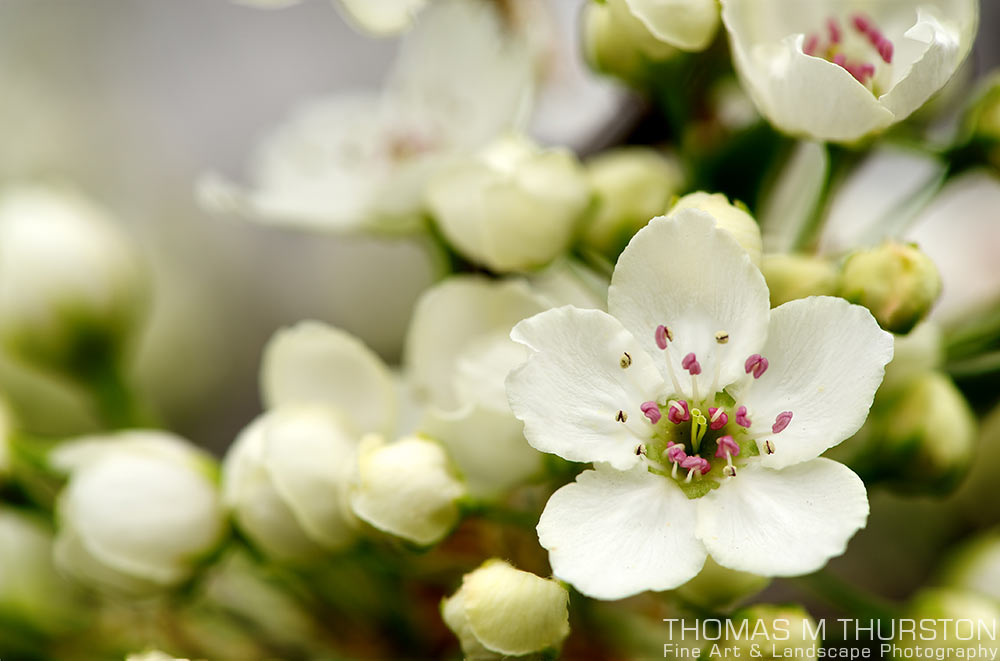Top Trends in Gardens for 2022

A Selection From The Top Twenty Listed by Homes And Gardens (UK)
https://www.homesandgardens.com/news/garden-trends-207271
I doubt I am the only New Mexico gardener who is tired of the garden magazines sold at the local Big Box and bookstores showing examples of lush gardens crowded with blooms. Those are wonderful in areas with more plentiful water and less intense sunshine. They don’t work in our climate.
When I saw the Garden Trends 2022 – 25 of the latest looks and new ways to garden, in their on-line magazine I expected to see more ideas that would not work in New Mexico. I was pleasantly surprised to see this renowned British publication touting many ideas that are appropriate in our arid gardening. To see the entire article, use the link above. I culled six ideas to consider for our own gardens, if we aren’t using them already
- Plant an abundance of fragrant herbs: ‘Many of our favorites like rosemary, thyme and sage come from the baking hills of the Mediterranean and do best in poor soil. Others, like parsley, coriander, basil and dill are annuals that grow fast and easily,’ advises Monty Don in a recent blog post. Growing herbs in a flower and shrub border is a great way to add interest to your garden, providing the garden with their delightful perfumes as well as being culinarily productive. Some varieties also offer benefits to the other plants such as warding off pests or improving productivity.
Window boxes are an easy way to grow herbs both indoors and outdoors. Positioned on the kitchen windowsill, it is one of the most convenient ways to grow your favorite herbs – you can go from plant to plate in a matter of a few seconds, you can’t get fresher than that. An outside window box is ideal if you only have a small (or non-existent) garden. It will add a quaint cottage touch to your home’s exterior, you can even intersperse your herbs with flowers to add interest to the display and give it a more aesthetic flair.
- Use local building materials : Using local materials to form the basis of the garden design ensures a reduced carbon footprint for the projects, as well as making gardens feel well-rooted in the conditions of the surrounding environment.
- Enhance nature: Use plants that create a haven for birds and bees. This is part of a trend called “rewilding”in which land is returned in varying degrees to natural habitats that can provide food, water and protection to all creatures great and small. Adding green structure to hard landscaping is becoming more important together with a softer, more natural look.
- Plant flowers for pollinators: Remember we are not all at the same stage of gardening and caring about pollinators will be new information to many gardeners. Salvias are a prime choice as they need minimal care, flower for a long time and are an absolute haven for pollinators. Focus on early-flowering, nectar rich bulbs and perennials such as crocus, Geranium phaeum and Hellebores niger. There is often a shortage of food for pollinators early in the year.
- Grow Your Own: The pandemic has changed our way of thinking. Being able to produce food taps into the most basic of human needs and for many of us, growing our own is the right choice for our health and well-being. Even the smallest space can provide room to grow some edibles.
- Incorporate curvilinear forms: These forms appear more natural in a garden environment, and they connect us back to the flow of natural forms in the landscape. It’s a distinctive move away from the style of crisp, linear raised beds set against horizontal timber trellis that we’ve become familiar with.
Note: Studies suggest that people’s perception of too many angular forms contain a threat and trigger negative bias, while rounded objects are linked to happiness, harmony and calm.
